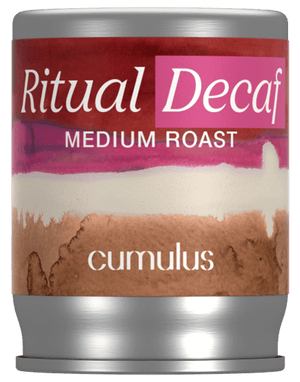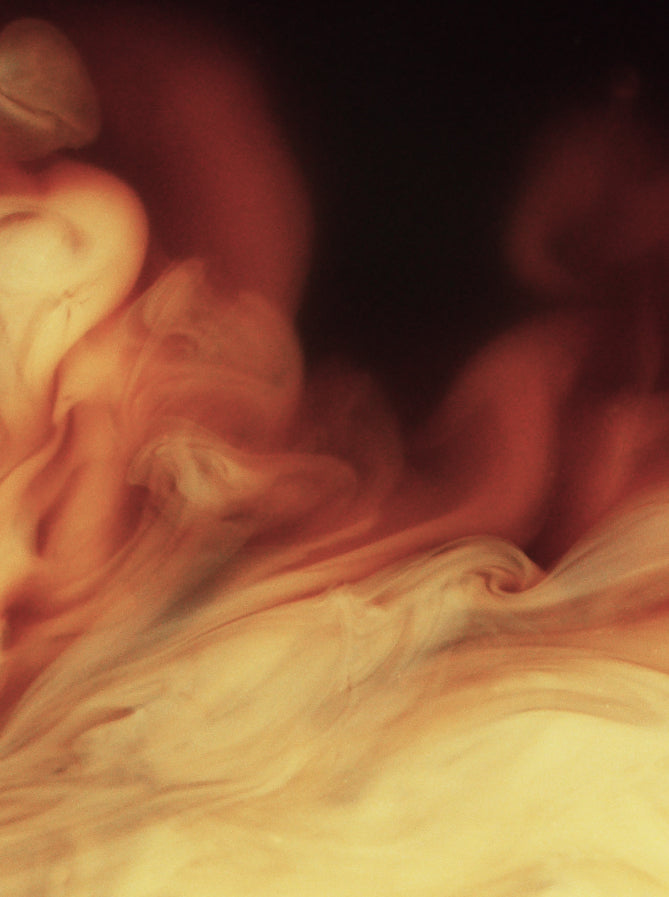How to taste coffee

Cumulus has dedicated incredible time and resources to crafting our coffee blends. So what do they actually taste like? If you want to more easily pick out the rich dark chocolate notes of Ritual Dark, the juicy cherry of Lucid, or the aromatic brown sugar in Sospeso Light, here’s our quick guide on how to quickly become an expert.
Much like tasting wine, a big part of the process is in the concentration. “Coffee tastings require focus and calm to really appreciate the coffee—so phones off, and minimal distraction, is best,” says Luigi Bonini, Head of Product at Cumulus.
"Coffee tastings are best done with others. The unique naming convention of each of our blends nods to this idea: coffee, inherently, is about connection."

Also imperative is setting the scene: coffee tastings are best done with others. The unique naming convention of each of our blends nods to this idea: coffee, inherently, is about connection. Sharing and comparing tasting notes enhances and enriches the experience, so gather some friends and family before diving in.
Now, onto the good stuff, the actual tasting process. Here, we draw some parallels to our close friend, wine. Both coffee and wine have deep aromatic qualities, hidden and unexpected flavors, and can surprise and delight between different varietals and blends. Reflecting on some of the critical aspects of tasting wine (appearance, smell, taste qualities), we can incorporate them to taste our coffee best.

“The process should always begin by cupping your hand over both nose and cup,” Luigi says. “Breathe deeply, and consider what aromas you encounter, taking note of surprises and relatable smells.” Ask yourself, what do the scents remind you of? Can you pick up on anything familiar—fruit, chocolate, liqueur, nuts?
Next comes the actual tasting. Luigi recommends taking a small sip, letting it linger in the mouth, and then drawing some air. What does it feel like on your tongue? As with tasting wine, some of the same qualities can quickly be identified: acidity, sweetness, and bitterness. Each is equally important, and the ratio between those three elements creates a balanced flavor unique to each blend.

“Sometimes a food pairing can help describe and identify what you taste,” says Luigi. “I would try complementary flavors first—for example, a lemon loaf if the coffee has citrusy notes—but you can build up to contrasting notes, too, with experience.” Adding food elements to the tasting can also enhance the finish, the lasting taste the coffee leaves in your mouth post-swallowing.
Side-by-side comparisons are beneficial for recognizing distinguishing characteristics and deciding what you prefer in your choice of blends. As suggested by Luigi, trying very different blends simultaneously will differentiate the two more clearly: for example, medium-dark Valor and light-medium Lucid will have such distinct features that become more apparent when tried one after the next.
The beauty of coffee tasting is that it is a skill; the more you practice, the better you’ll become. Even taking a pause with the first sip of a new blend is an excellent opportunity to pick out flavors and notes— helping develop a coffee palate that will grow and improve over time.





















